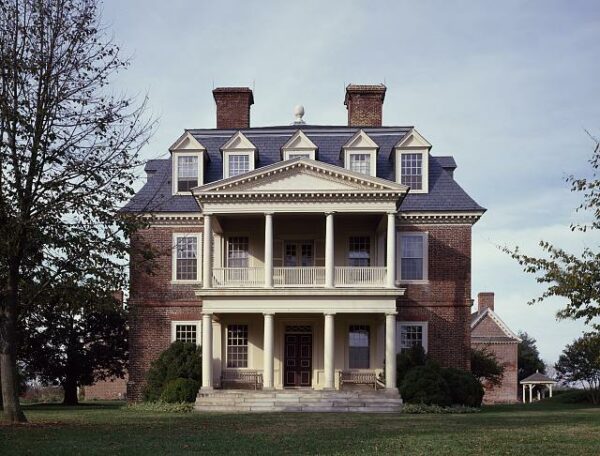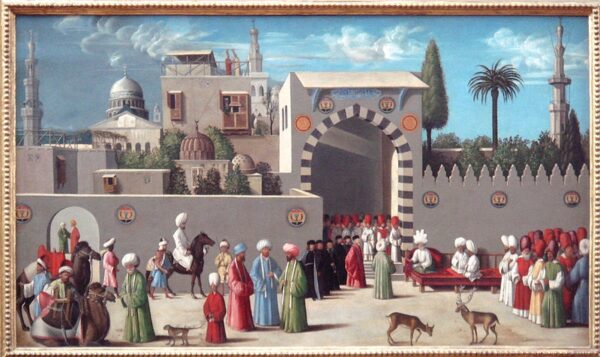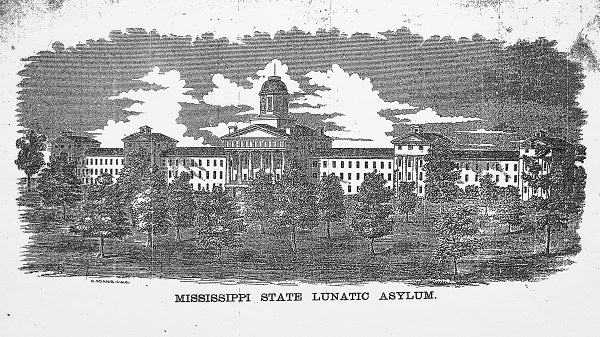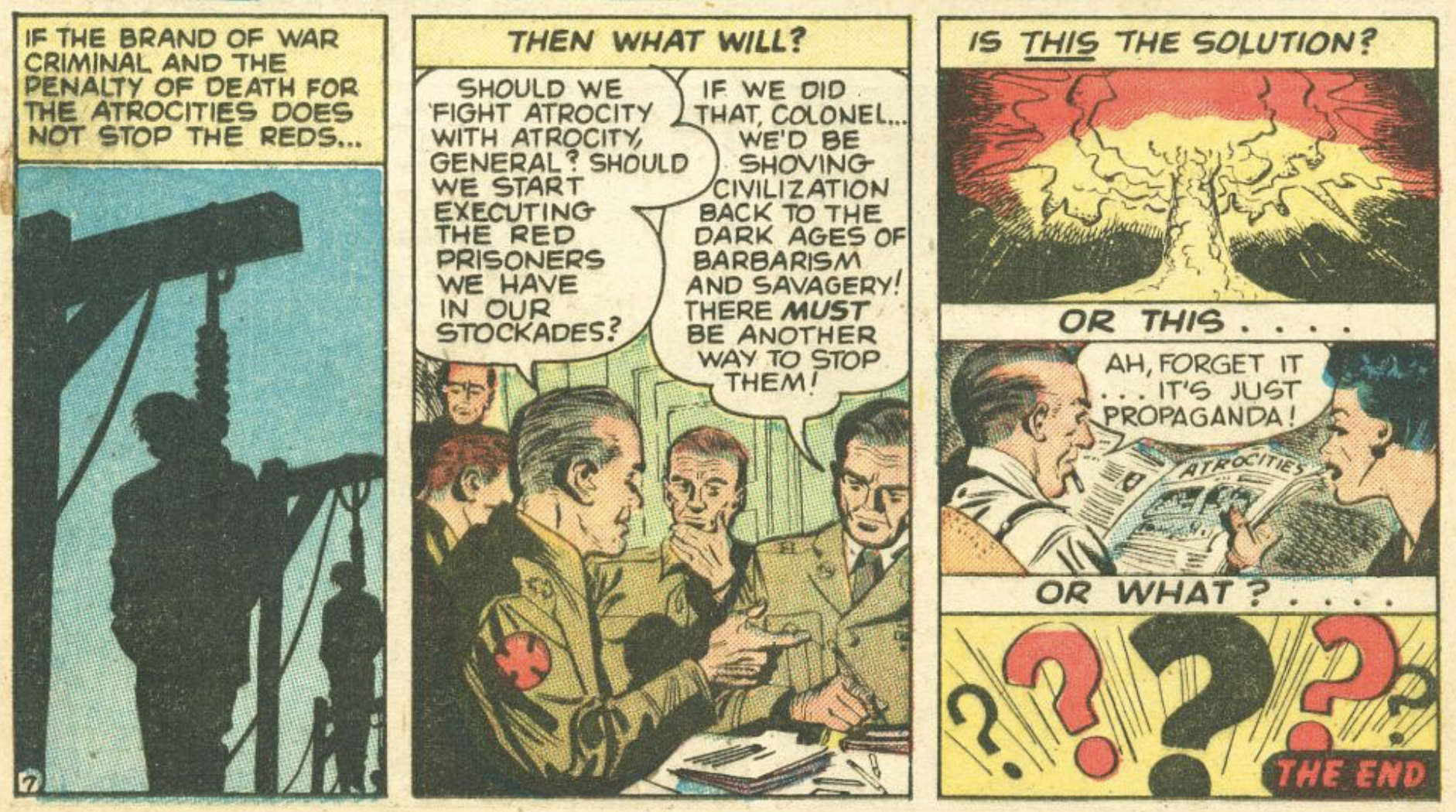This summer, three history graduate students presented their research on subjects as varied as plantation architecture, gift exchange between Muslims and Christians in the early modern Mediterranean, and Reconstruction politics in Mississippi on the pages of AHA Today. Our bloggers talked about the challenges of doing research—from studying decrepit buildings with little or no historical record to discovering that the central figure of their research was a member of the Ku Klux Klan. They described cross-cultural interactions between groups that are traditionally seen as having little in common and unearthed the messy histories of slavery and racial politics in the South. As the 2016 AHA Today Blog Contest draws to a close, we thought we’d leave you with some final thoughts from our three bloggers about their experiences working with AHA Today. Check out their posts if you haven’t already, and next year, when we announce the summer 2017 AHA Today blog contest, consider submitting an application yourself!
Allan Branstiter
The Mississippi State Lunatic Asylum first opened in 1855 in Jackson and was demolished almost 100 years later in 1954. Image from the 1877 annual report of the Mississippi State Lunatic Asylum, Mississippi Department of Archives and History
Madness and a Thousand Reconstructions: Learning to Embrace the Messiness of the Past
Writing for AHA Today has been a more difficult but rewarding experience than I initially thought it would be. I usually discuss my work in class or at conferences with people who are already familiar with what I do, so writing succinct posts for AHA Today’s larger audience forced me to really refine how I described my research and experiences. With the help of the blog’s editor, I struggled with the hard task of tightening up my writing, staying focused on the series’ overarching theme, and parsing out aspects of my research readers would be able to relate to. The task of writing about my research for a wider audience also helped me develop new conclusions and lines of inquiry about my topic. Time and time again, I found myself returning to my primary sources with new questions while I composed drafts for my monthly AHA Today posts. In the end, this experience has made me more confident with my research and excited about writing more in the future.
- Adapt and Overcome: What to Do When Your Archival Research Hits a Dead End
- Scalawags and Scandal-Mongers: Intra-party Rivalry and the Complex World of Reconstruction Politics
- Hero, Villain, or Anti-Hero? Archival Records and Dealing with the Contradictions of the Past
Erin Holmes

Manor home of Shirley Plantation, Virginia’s oldest plantation, founded in 1613 in Charles City, Virginia. In her research, Holmes compares the evolution of the plantation house in Virginia, South Carolina, and Barbados. Credit: Library of Congress
Visiting the Past and the Places in Between: Buildings and Landscapes as Historical Documents
I had three very clear goals in applying to the summer blog competition, two of which were scholarly goals and one of which was a personal writing goal: talk about how to use buildings and material culture to study the past in a way that is interesting to a broader audience; bring attention to buildings and archives that have much to offer, but don’t receive a great deal of attention; and learn to blog, which is an increasingly important way of circulating information about ongoing research outside of the academy. I thought for sure that the first two would be far more difficult. I was wrong.
I went into my summer blog expecting it to be much easier than it turned out to be, but a lot of the writing lessons I gained from working with the AHA Today editor are ones that I anticipate carrying forward into my more academic writing. The first thing I noticed was my propensity to describe everything in endless amounts of detail. This was probably a function of writing architectural descriptions in the process of dissertating or working on public history projects. (I am not a pithy person, except when I’m being funny.) Learning to scale back my descriptions and get to the architectural features that matter so that I can explain why they matter has been a lesson that I (and anyone who has to read my dissertation) will appreciate greatly. The second lesson was learning to tie my narrative together from introduction to conclusion. A thousand words is more than enough space to wander into a different country or another century, and bringing all those pieces together has already improved the way I’m writing. As a scholar who does comparative history, this is probably something I should find a concise way to tattoo onto myself. And finally, I overuse em dashes—but I’m working on it.
The buildings I’ve discussed are, apart from Mount Vernon, places that have received little or no attention. And instead of talking about the men who built them, I focus on the people who worked in them and lived in them. That doesn’t make them unimportant. When it comes down to it, history’s lesson to me has been that the important parts of history are found in our everyday lives—the people we care about and who care about us, the places we experience, and the ways in which we experience and make sense of all the world’s confusing, and sometimes conflicting, messages. Few of us get to be George or Martha Washington, but that doesn’t make our lives less meaningful.
This summer’s blog allowed me to write about the three colonies I study individually and together, producing new questions for me to think about as I write and revise my dissertation. It also gave me the opportunity to—I hope—talk about material and architectural history in ways that made them feel more tangible to readers, more like spaces occupied by real people with dirty shoes and complicated lives instead of museum exhibits behind glass.
- Change over Time Written in the Historic Architecture of Barbados
- The Other Drayton Hall: South Carolina Plantation Architecture in the Documentary Record
- Historical Hat-Trick: Using Documents, Architecture, and Archaeology at George Washington’s Mount Vernon
Jesse Hysell

Venetian embassy to the Mamluks in Damascus in 1511, workshop of Giovanni Bellini.
Cultural Encounters and Material Exchanges in the Venetian Archives
With my blog series for AHA Today concluded, I’m delighted to say that I’ve enjoyed working on it tremendously for a number of reasons. Writing each entry forced me consult and review my field notes, prompting me to reassess how I gathered my information. This, in turn, made me come away from the series with a fuller appreciation for how much my work has benefited from the help of others. It was by being in the archives that I was able to meet and consult with archivists and scholars from around the world, whose generous advice and expertise saved me time and guided me in new directions. By the same token, the attentive questions and comments of AHA Today’s editorial staff helped my project by raising important points about the dissertation’s arguments that I’d either overlooked or not fully considered.
- The Politics of Pepper: Deciphering a Venetian-Mamluk Gift Exchange
- The Gift Thieves: Interpreting a Scandal in Early Modern Venice
- Searching for the Quotidian in the Archives: Trade, Fraud, and Intercultural Relations in the Early Modern Mediterranean
This post first appeared on AHA Today.
This work is licensed under a Creative Commons Attribution-NonCommercial-NoDerivatives 4.0 International License. Attribution must provide author name, article title, Perspectives on History, date of publication, and a link to this page. This license applies only to the article, not to text or images used here by permission.

